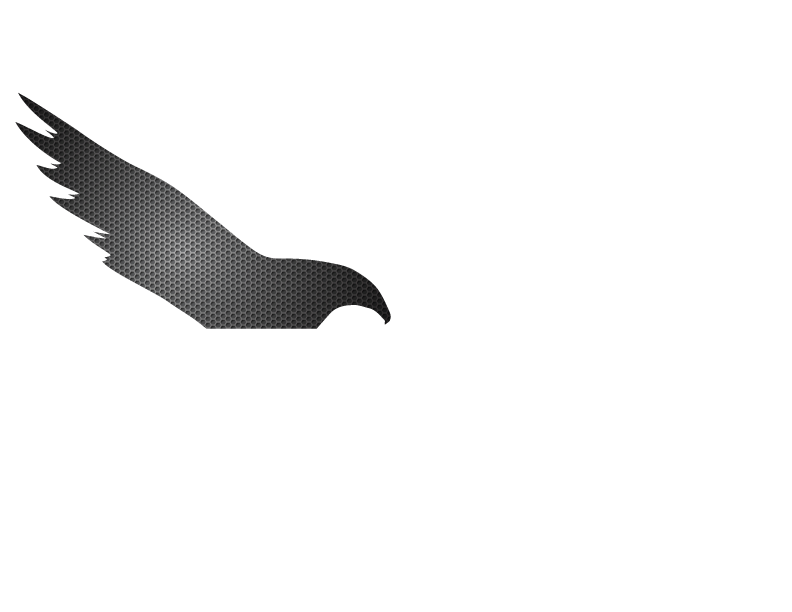gather documents
The necessary documents are mentioned below. It is advisable to collect them all before beginning, as they are required to process your claim.
STEP 2
Create Your Account
Create a username and password so that we may contact you and you can monitor the status of your claim.
STEP 3
Start Your Claim
Information on your car, lender, and insurance provider will be required. Once your documents are submitted, we'll go to work.
HOW DO I GET STARTED?
Please provide legible and complete copies of the following documents. We’ve included their sources and examples to help you gather what you need.
MANUFACTURER’S INVOICE
Specifies the MSRP and equipment of the car (if bought new). You can send a copy of the Monroney Label (also known as the window sticker) in its place.
Buyers Order / Sales Agreement
This is only necessary if a credit union is assigned to your financing arrangement. It includes a complete description of the vehicle sale terms.
Complete Payment History
This offers documentation of payments made between the time your loan was taken out and the date of your loss. Kindly include the payment amount as of the loss date.
Finance Contract
This is the lease or retail installment sales contract that specifies the amount you will pay your dealer for the vehicle.
Insurance Settlement Statement
Describes the settlement amount, taking into account the car's value on the loss date, any applicable taxes, fees, and modifications.
Insurance Settlement Check
A payment issued by an insurance company to a policyholder or a beneficiary to compensate for a covered loss or claim.
Insurance Evaluation Report
This generally contains similar cars and condition modifications and demonstrates how your insurance provider determined the worth of your car on the day of loss.
WHAT IS GAP?
Total Loss Protection Plan (“GAP Plan”)
The GAP Plan, also known as a GAP waiver, is intended to potentially waive the amount that falls between your finance agreement balance and the insurance settlement amounts that are available to you if your vehicle is deemed a total loss.
GAP is not insurance.

Knowing Your Vehicle's Value
It’s critical to ascertain the worth of your car before accepting an offer from the insurance provider. The worth of an automobile can be determined using a number of industry-approved techniques. If you have any issues about how the value of your car was calculated, get in touch with your insurance provider. It’s acceptable to haggle.
The National Automobile Dealers Association (NADA) formula is used by the GAP Plan to determine your vehicle’s value. The GAP waiver amount is determined using this valuation. The value of your car may be determined by your insurance company using a different method than the GAP Plan, so the insurance company’s estimate at the time of loss may differ from the GAP Plan estimate.
HOW IS GAP CALCULATED?
GAP Waiver Calculation
In order to compute the GAP waiver, several documents are needed. The GAP Plan is a component of your financing agreement and is amended as a result of being signed at the time the vehicle is sold. A common assumption in the GAP Plan computation is that all payments were made on time and as originally intended.
Amount Owed at the Date of Total Loss
This is the amount that should have been owed on your vehicle at the time of loss
Missed payments, payment extensions, postponed payments, interest, late fees, disposition costs, penalty fees, early termination fees, and finance charges incurred after the date of loss may not be included in the amount owed at the time of total loss.
primary settlement
All amount(s) available to you in connection with your vehicle’s total loss
Condition Adjustments and Related Costs
Adjustments to the value of your vehicle based on its condition or unrepaired prior damages
Automobile Insurance Deductible (if applicable)
You may be responsible for your insurance company deductible
Adjustments for Contract Exclusions
Amounts that the GAP waiver might not cover. Differences in car values may be adjusted for contract exclusion situations.
Refund for Cancellable Products
Refundable amounts for cancellable products purchased for your vehicle and included in the financing.
Refundable cancellable products may include, but are not limited to, vehicle service contracts, pre-paid maintenance, or tire and wheel coverage.
* For example, if the insurance company’s valuation of the vehicle is less than 90% of the NADA value, the difference between the insurance company valuation and 90% of the NADA value. e.g. NADA values your vehicle at $10,000 and the insurance company values your vehicle at $8,500. Since 90% of $10,000 is $9,000, the difference between $9,000 and $8,500 (which is $500) will not be included in the waiver amount and remains your responsibility.
